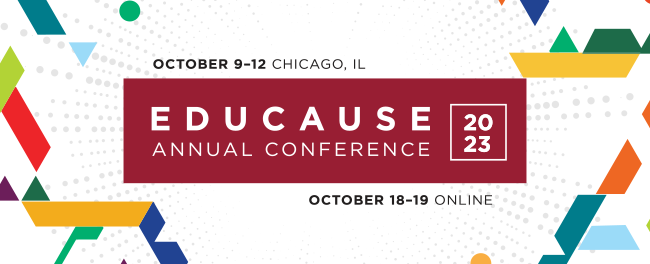Today’s consumers demand personalization, and learners are no different. Schools and colleges often use demographic data to personalize learner engagment, but that rarely provides a truly personalized experience for students.
Demographic data doesn’t tell the whole story. It provides important context about a person’s life and surroundings but doesn’t tell us who a person is on the inside. Mindsets, on the other hand, do. Using mindset and behavioral data allows you to humanize your dataset and offer learners a truly personalized experience.
Mindsets are beliefs and attitudes we hold about the world and ourselves that affect our decision making and behavior. Public discourse is now more focused on acknowledging people’s demographic identities and experiences. While important to understand a social context through demographics, growing evidence suggests it is not enough.
Why demographics don’t tell the whole story
Mindset data can often tell us more about people than demographics can. In one study, researchers found that mindsets were twice as predictive of test scores when controlling for all other factors. Students with a highly motivated mindset who attended schools with low performance outcomes achieved similar outcomes to students who attended high performing schools. This mindset had a similar effect to vaulting into a higher socio–economic bracket. Mindsets clearly play a powerful role in a student’s life.
TikTok research is also showing us that mindsets transcend demographics. TikTok consumer research on the European sector showed that actions and mindset were more important than age in predicting user behavior. They identified four mindsets of TikTok users that transcended demographic categories. Using demographics in data has been the primary strategy for many data-driven decision makers, but Head of Europe, Global Business Solutions at TikTok says that “In reality, we are really just ascribing them [people] to all sorts of traits and behaviors that could apply to anyone.” In our ever–evolving social world, mindsets can tell us more than just demographics can.
Many mindset challenges can also be present across demographics. A growth mindset–the idea that skills and abilities are developed over time instead of being stagnant–is found in people across all demographic categories, as is procrastination. And psychological phenomena like imposter syndrome or stereotype threat can be more common among underrepresented groups like women and people of color. Even so, they occur across these demographic groups.
Demographics don’t tell the whole story because they overlook the individual. People can be from the same demographic group and still think and behave differently.
Why mindsets matter
Mindsets offer insight on people’s values and help us understand them on a deeper level. Demographic categories can’t fully explain why people interpret events the way they do in the same ways mindsets can.
Take a pair of identical twins—they grew up in all the same demographic categories but have distinct mindsets, so each sibling will approach situations differently. If Twin A’s has a growth mindset and Twin B’s mindset is anxious, how we encourage each of them to take advantage of tutoring resources will differ. The table below exemplifies how messaging differs by mindset.
| Mindset | Message |
Twin A | Growth mindset | Need help sharpening your skills? Sunset College’s peer tutoring program is a great resource to help you work on topics that are challenging for you. Make an appointment with a tutor here. |
Twin B | Anxious | It can feel overwhelming when you’re struggling with a topic in class. That’s ok. Sunset College’s peer tutoring program can pair you with a student who can guide you through your challenges. You can make an appointment here. |
Despite being from the same demographic categories, these twins feel very differently about their challenges in a class. Demographics based, one-size-fits-all messaging misses key differences between the two individuals, but mindset based messaging gets to the core of how they feel and behave.
Using demographic data is also increasingly complicated because people can defy stereotypes or assumptions that go along with these demographics. Increasingly, our idea of what a demographic group is like is not nuanced enough.
Mindsets, on the other hand, are not tied to one demographic group. Mindsets explain what motivates an individual, what keeps them from doing something, and shed light on their perspective. They provide key data that informs how to effectively communicate with someone.
Carol Dweck’s game-changing research on mindset is a prime example of how mindset can transcend demographics and provides personalization. In one case study, students across various demographic groups such as income level, race, and English learner status were exposed to growth mindset lessons. Those with a growth mindset reported higher standardized test scores and growth. Embracing mindsets and behavior humanizes data and avoids the oversimplifications of demographics. To put it simply, mindsets truly explain the “why” of human behavior.
Humanizing data driven decision making
Data driven decision-making is the right way to go, but it’s important to focus on the right kind of data. Mindsets are powerful and can say more about an individual person than just their demographics can. Humanizing data by using behavioral and mindset data unlocks a new level of understanding that can help learners get closer to meeting their goals.



















